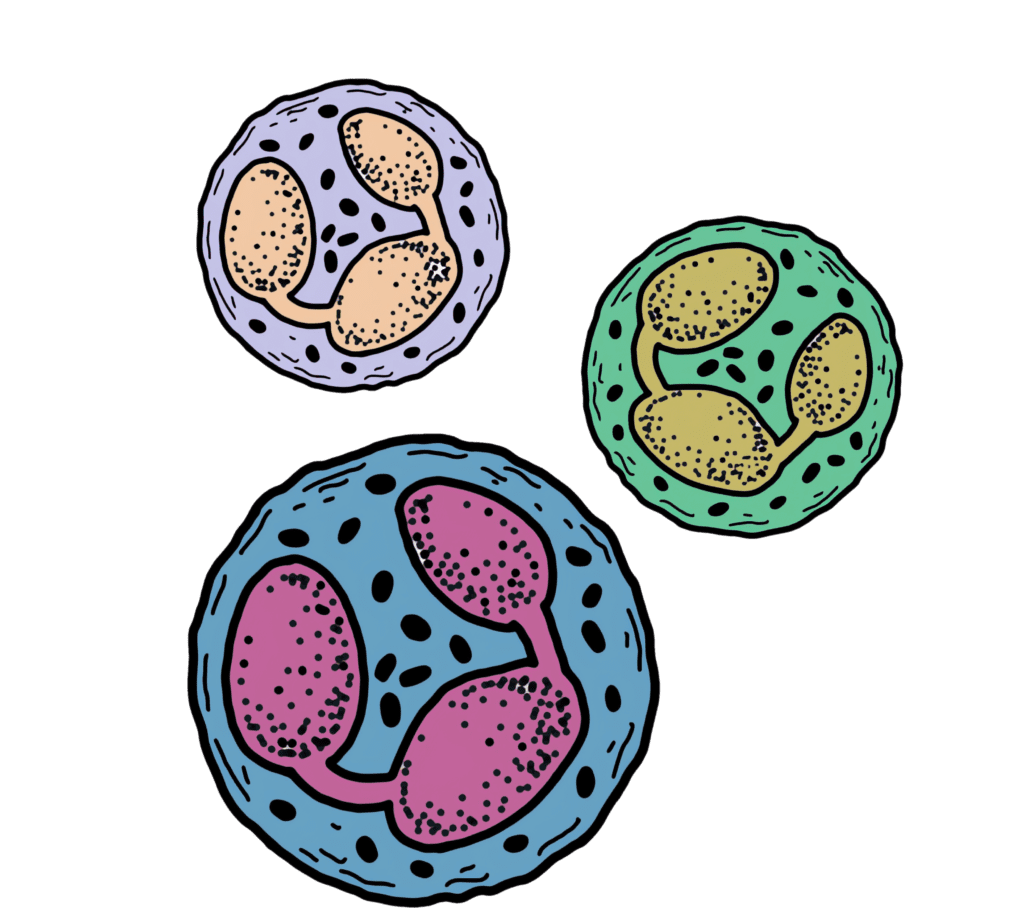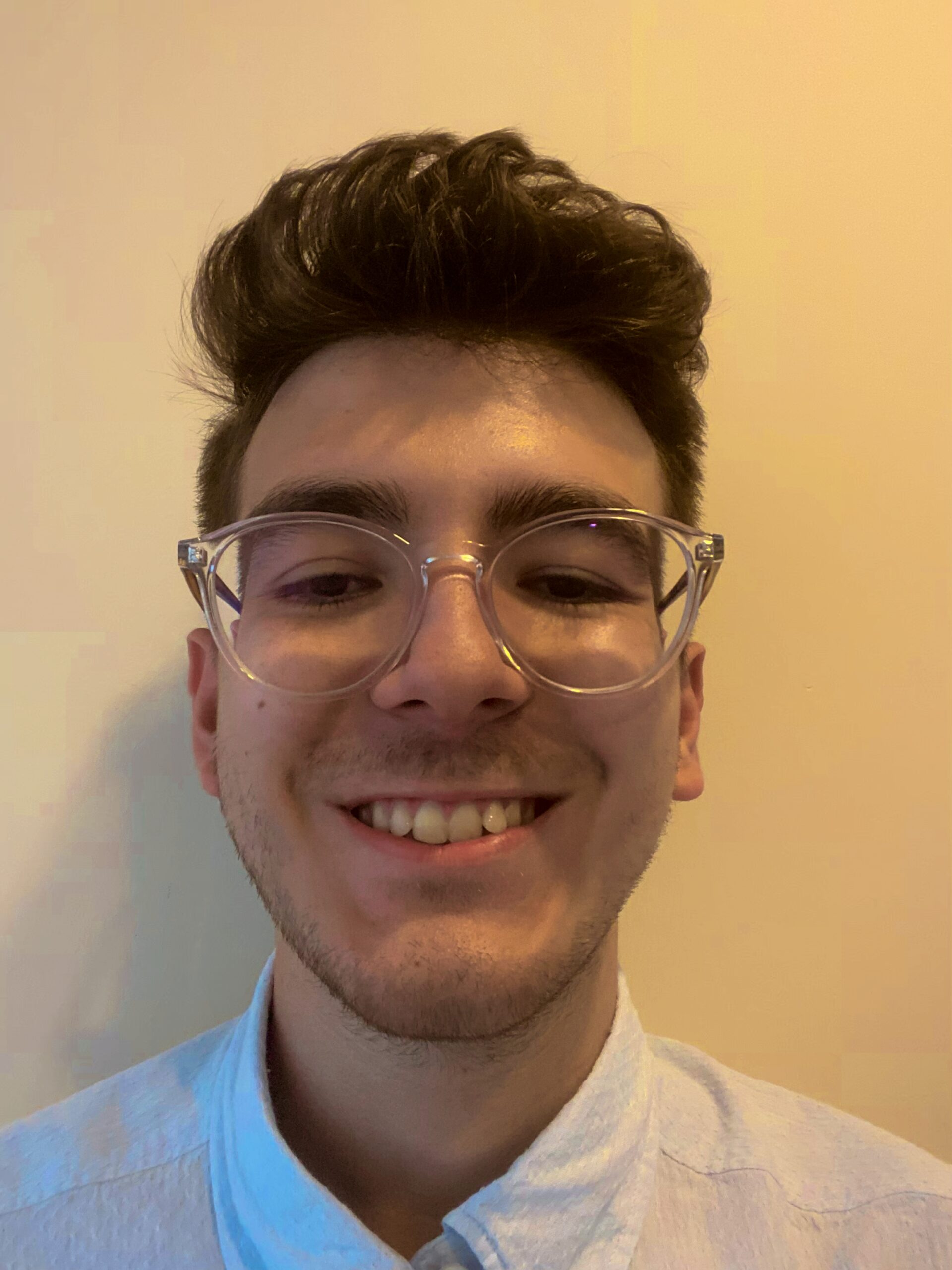The word “cancer” often evokes a mix of fear, curiosity, and uncertainty. As one of the most extensively studied diseases, cancer affects millions of lives annually, and its complexity continues to challenge scientists and healthcare providers. But how does it begin? Why do some cells, which normally play vital roles in our bodies, go rogue, multiplying uncontrollably and threatening our health?
In this in-depth exploration, we’ll unravel the biology behind cancer, examine how it starts, identify its risk factors, and discuss how modern science is advancing prevention and treatment.


What Is Cancer? More Than Just Abnormal Cells
At its core, cancer is the result of cells in the body breaking free from their normal life cycle. Every cell in our body has a purpose and a lifespan. Cells grow, perform specific functions, and die to make way for new cells, maintaining a delicate balance that keeps us healthy. This process is regulated by an intricate system of signals within the cell and its surrounding environment.
However, cancer disrupts this balance. It begins when cells start growing and dividing uncontrollably. These abnormal cells ignore the signals that tell healthy cells to stop dividing or to self-destruct when damaged. Instead of dying off, cancer cells accumulate, forming a mass called a tumor.
Tumors can be:
- Benign: Non-cancerous and localized, though they may still cause harm by pressing against vital organs or tissues.
- Malignant: Cancerous, with the ability to invade nearby tissues and spread to other parts of the body, a process known as metastasis.
It’s important to note that not all cancers form tumors. Blood cancers, like leukemia, involve the abnormal growth of cells in the bloodstream or bone marrow, spreading throughout the body without forming solid masses.
How Does Cancer Begin? The Role of DNA Mutations
Cancer starts with changes—known as mutations—in a cell’s DNA, the instruction manual that governs every cellular process. Think of DNA as a set of blueprints that tells cells how to grow, divide, and die. Mutations disrupt these instructions, allowing cells to evade normal checks and balances.
Mutations can arise from:
- External factors: Exposure to harmful agents like tobacco smoke, ultraviolet (UV) radiation, or environmental toxins.
- Internal factors: Errors during DNA replication, oxidative stress, or inflammation caused by infections.
Normally, cells have built-in repair mechanisms to fix damaged DNA or destroy irreparably damaged cells through a process called apoptosis (programmed cell death). However, when these safeguards fail, the mutated cells survive and multiply. Over time, they accumulate further genetic changes, giving rise to cancer.


The Multi-Step Process of Cancer Development
Cancer doesn’t happen overnight. It’s a gradual process that unfolds in distinct stages:
- Initiation: The first mutations occur, often due to exposure to carcinogens (cancer-causing agents) like chemicals, radiation, or viruses.
- Promotion: Mutated cells begin to multiply, often encouraged by factors such as hormones, chronic inflammation, or an impaired immune system.
- Progression: The abnormal cells evolve to become more aggressive, invading surrounding tissues and gaining the ability to spread (metastasize) to distant parts of the body.
This multi-step progression explains why cancer can take years or even decades to develop after the initial trigger.


What Causes Cancer? A Closer Look at Risk Factors
Cancer results from a combination of genetic predisposition and environmental or lifestyle factors. While some risk factors are beyond our control, many can be managed or avoided.
Lifestyle Factors
- Tobacco Use: Smoking introduces dozens of carcinogens into the body, directly damaging DNA and increasing the risk of cancers such as lung, throat, and mouth cancers.
- Diet and Obesity: Diets high in processed foods, red meat, and unhealthy fats, combined with excess body weight, are linked to colorectal, breast, and pancreatic cancers.
- Alcohol Consumption: Chronic drinking damages cells in the liver, throat, and digestive system, raising cancer risk.
Environmental Exposures
- UV Radiation: Excessive exposure to sunlight or tanning beds causes DNA damage in skin cells, leading to melanoma and other skin cancers.
- Carcinogens: Substances like asbestos, industrial chemicals, and air pollution contribute to cancer risk by triggering mutations.
Biological Factors
- Infections: Viruses like HPV (human papillomavirus) and hepatitis B or C can insert their genetic material into human DNA, directly causing mutations.
- Hormonal Imbalances: Certain cancers, like breast and prostate cancer, are influenced by hormone levels.
- Genetic Predisposition: Inherited mutations, such as those in the BRCA1 and BRCA2 genes, significantly increase the risk of breast and ovarian cancers.


The Early Warning Signs of Cancer
One of cancer’s most insidious aspects is its ability to grow silently, often without symptoms in its early stages. However, recognizing potential warning signs can lead to earlier detection and better outcomes.
Look out for:
- Unexplained weight loss or changes in appetite.
- Persistent fatigue or weakness.
- Changes in the skin, such as unusual moles, sores that don’t heal, or discoloration.
- Pain, swelling, or lumps in the body.
- Persistent cough, difficulty swallowing, or changes in bowel or bladder habits.
While these symptoms don’t always indicate cancer, they warrant medical attention.
Preventing Cancer: Practical Steps to Reduce Your Risk
Although not all cancers are preventable, taking proactive measures can significantly lower your risk:
- Quit Smoking: Avoiding tobacco use is one of the most effective ways to reduce cancer risk.
- Maintain a Healthy Diet: Prioritize fruits, vegetables, whole grains, and lean proteins while limiting processed foods.
- Stay Active: Regular exercise helps regulate weight and hormones.
- Protect Your Skin: Use sunscreen and avoid tanning beds to reduce the risk of skin cancer.
- Vaccinate: Vaccines like HPV and hepatitis B protect against cancer-causing infections.
- Screen Regularly: Early detection through mammograms, colonoscopies, and Pap tests can save lives.


The Future of Cancer Research
As our understanding of cancer deepens, so too do the possibilities for innovative treatments. Current breakthroughs include:
- Immunotherapy: Boosting the body’s immune system to recognize and destroy cancer cells.
- Targeted Therapies: Drugs designed to attack specific mutations in cancer cells while sparing healthy tissue.
- Liquid Biopsies:Blood tests that detect cancer at its earliest stages.
- Genetic Editing: Using tools like CRISPR to repair cancer-causing mutations.


These advancements, combined with ongoing research, hold promise for more effective treatments and improved survival rates.
Conclusion: Knowledge is Power
Understanding how cancer begins, its risk factors, and the importance of prevention empowers us to take control of our health. While cancer remains a formidable challenge, early detection, lifestyle changes, and advancements in treatment are making a difference every day.
Stay informed, listen to your body, and prioritize regular check-ups. Together, we can continue to make strides toward a future where cancer is no longer a life-threatening diagnosis.




My name is Ali Emre Cabadak, a dedicated biology enthusiast currently pursuing my studies at Marmara University, where I am majoring in Bioengineering. As a passionate advocate for scientific discovery and innovation, I am the founder of Biologyto. My goal is to bring the wonders of biology closer to everyone and inspire a new generation of thinkers and innovators. Through Biologyto, I aim to write scientific articles that delve into the fascinating world of biology, sharing insights and discoveries that inspire curiosity and innovation.





